When it comes to one of the biggest global sporting events of the year, the NFL spares no expense to create a memorable Super Bowl experience. Not only do the top teams in the league battle it out for championship glory, but non-sports fans are also treated to exciting ads from top brands and a killer halftime performance.
But behind the scenes, some NFL employees spend the majority of their year preparing an unforgettable spectacle—all to start right over again. For the millions of viewers each year, Sunday Funday comes and goes without any real appreciation for the technology that makes each event possible on multiple levels.
With only 13,000 spectators expected to join at this year’s Super Bowl LV in Tampa Bay, Florida, the logistics mapping will look significantly different than in previous years. However, that doesn’t mean those watching at Raymond James Stadium or from home will miss out on a great game of football.
For much of the season, two of the league’s most talented and grittiest teams looked set to face off. NFL betting odds from various sportbooks favored the Packers and the Chiefs for a Super Bowl faceoff that everyone wanted to see.
But the local Tampa Bay Buccaneers defied the odds to advance to the Super Bowl, making the team the very first in the league to ever compete for a Lombardi Trophy in their home city. On the ground and behind the scenes, passionate NFL employees and broadcasting groups are preparing for one of the biggest days of the year.
For those watching at home, there’s little indication that hundreds of radio channels, high-tech cameras, microphones, and thousands of Wi-Fi access points.
Staying in Communication
Technical Staff Double-Check Radio Systems
The NFL’s game day protocol for regular-season matches is enough to boggle the mind. For the league’s 256 annual regular-season games, technical and logistical staff are on the ground checking off credentials and setting up coordinator controls.
As the Championship Game approaches, officials help prepare wireless devices that are used by coaches, players, game officials, medical personnel, and even media contacts. They do this by making sure frequency traffic won’t be overloaded, which would bar communication on these private channels. This work is overseen by the league’s Event Frequency Coordinator (or the EFC), who is responsible for keeping hundreds of channels clear.
The tech here? Simple radio waves. Hours before the game, even more technical staff arrives to test other wireless equipment used throughout the stadium. This includes an AudioCom system for each team (for coach-to-player communication and coach-to-coach channels), as well as backups. The same goes for refereeing officials and event coordinators throughout the stadium.
Next, field technicians work with system technicians to set up an injury video review system, then connect officials overseeing the injury video review to third-party staff, such as medical consultants and athletic trainers. This is to keep all players connected to immediate medical assistance.
Lastly, Sideline Viewing System printers are prepared on the sidelines. SVS printouts allow coaches to review images from the opposing team during play, such as team coverages and playing schemes. This technology is handled by Microsoft Surface tablets.
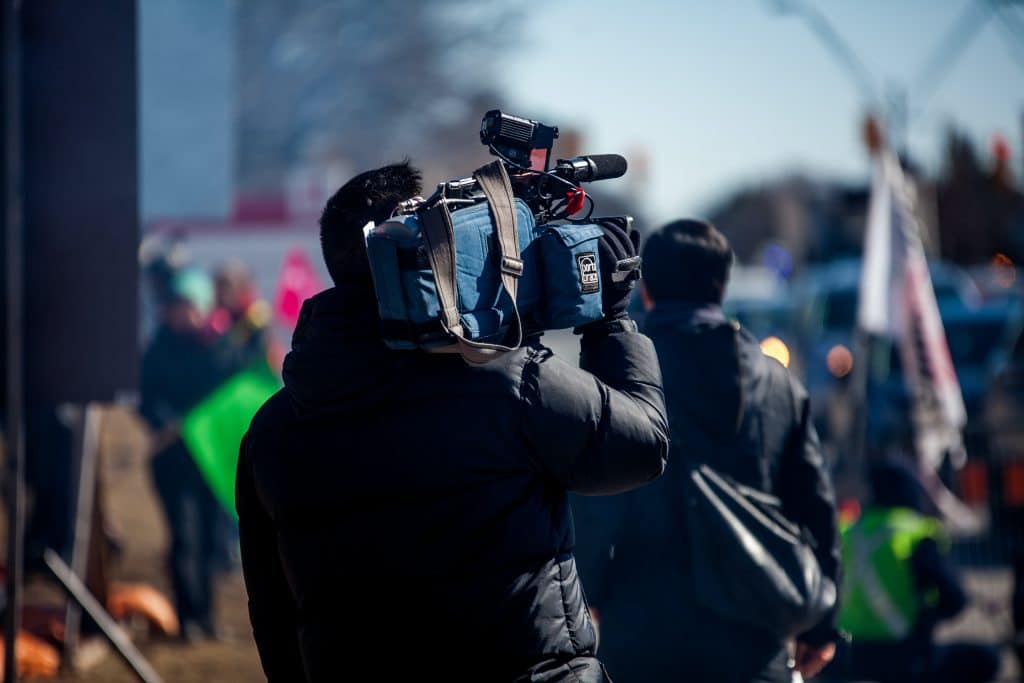
Lights, Cameras, Football!
Flawless Camera Coverage from Major Broadcasters
The NFL may use hundreds of radio channels to stay in communication for Sunday Funday, but there are just as many cameras placed around the stadium. CBS, Fox, and NBC will broadcast the Super Bowl in Tampa Bay, and they’ve paid dearly for the rights to do so.
CBS paid around the tune of $1 billion, which includes rights to broadcast regular-season games, while Fox coughed up $1.1 billion for the 2021 broadcasting rights. NBC paid just under $1 billion.
For this reason, a tantamount effort is placed on camera systems that will live stream the game to televisions, web browsers, and mobile devices around the world. Last year, the game was broadcast using Admiral PylonCams and Sony UHC-8300 cameras.
The Admiral Pylcon cams offer a unique viewing experience, as they provide close-up shots of the action. The cameras provide an extra dimension in viewing, while the Sony 4K and 8K cameras allow for incredible zoom options and provide a wide shot of the entire field.
In addition to high-tech cameras, broadcasting groups also utilize microphones. Fox Sports used a total of 72 microphones for Super Bowl LIV coverage—but that doesn’t include the wireless player mics or the two full mixing boards with ample subgroups brought onto location.
The NFL and its broadcasting partners employ hundreds of camera technicians and behind-the-scenes production operators who oversee live coverage. As virtual superimpositions (which help viewers visualize the play) have become standards parts of the at-home viewing experience, producers must oversee camera panning, zooming, and tilting, as well as check visualization components.
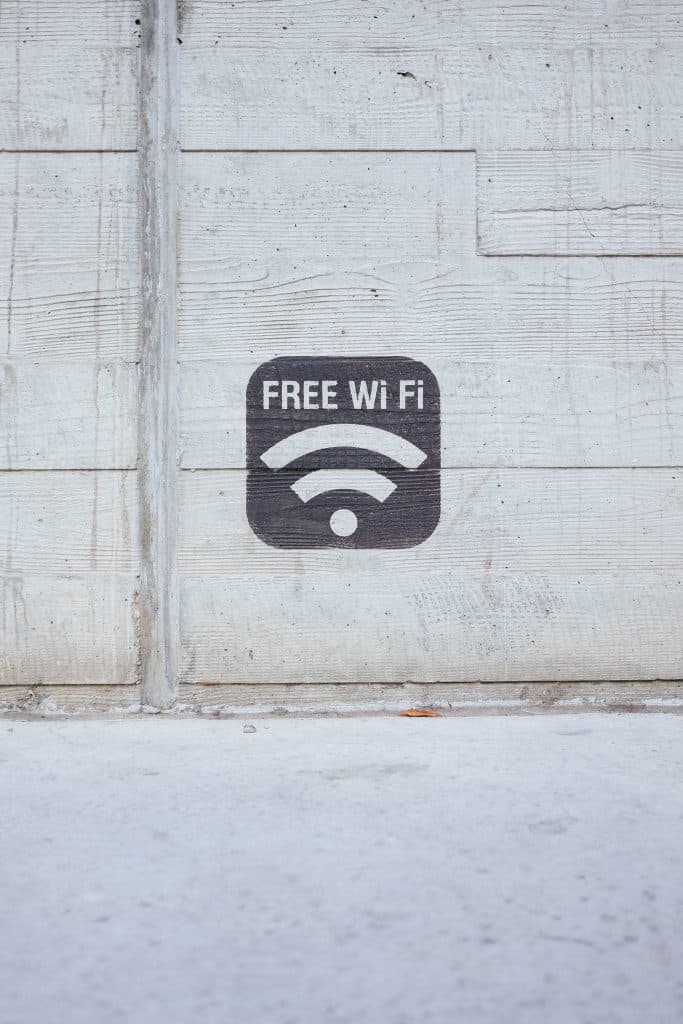
Player Tracking & Mobile Tech
Providing Data & Enhancing the Visitor Experience
It’s not just coaches and analysts who want access to live player tracking technology. In the past decade, Zebra Technologies (the NFL’s official partner) and other RFID groups focused on providing stats to teams and pundits in order to improve understanding of the game and give teams an edge.
Today, RFID (radio frequency identification sensors) are worn by players to track movement and provide live data points to viewers. Once again, simple radio wave technology proves pivotal for the NFL on Sunday Funday.
However, RFID technology is now part of the fan experience, as well as coaching logistics. This year, Raymond James Stadium has upped its Wi-Fi capacity by 400% in order to cater to fans who want to bet live on the game, or at least connect to the RFID systems in order to enhance their experience.
With 5G capability in place, a variety of social media interactions open up for major brands helping to sponsor the big day and also improve logistics on the ground. Fans can access mundane services, like ordering food or drinks from an app. They can also connect on mobile sportsbooks, DFS providers, and popular social media platforms alike.
While it’s great to see all of the tech the NFL is making use of on the broadcast day, we’re still waiting to see the organization take heed to some of our suggestions for making the viewing experience better. Maybe next year!

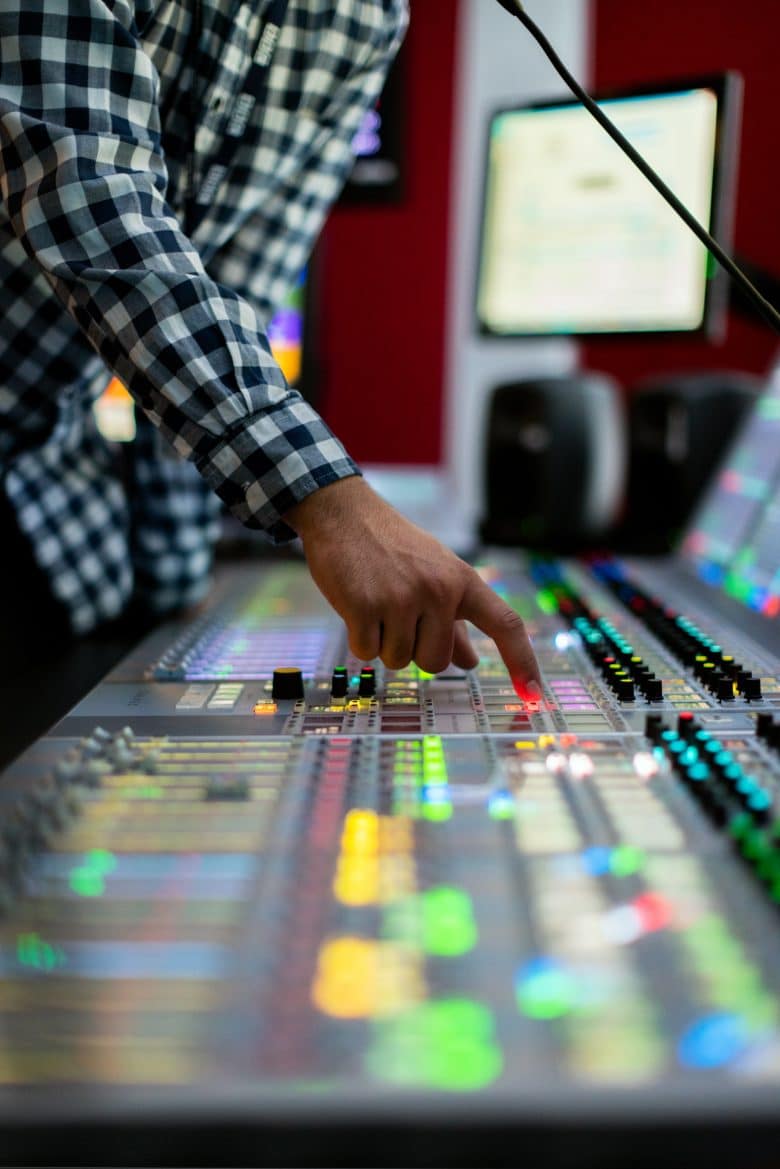
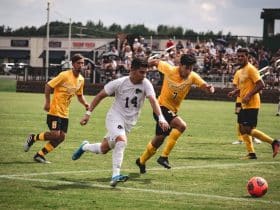









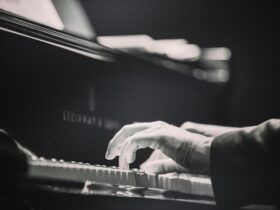

Leave a Reply